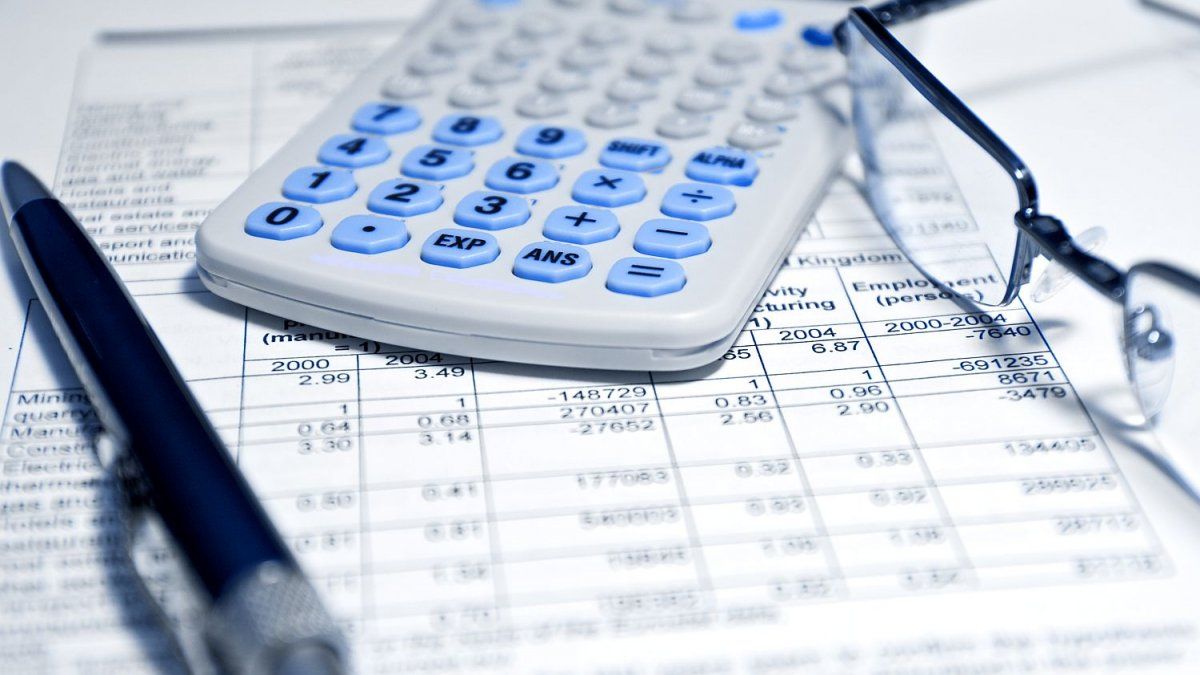The personal loans are growing in real terms, but also, for months now, The interest rate remains practically stable in the range between 65% and 70% of TNAaccording to data the Central Bank (BCRA).
So, Since its peak in the Milei era, on December 11, when it exceeded 147%, it has already registered a drop of 78 percentage pointsin line with the inflationary peak recorded in the summer and the continued decline in the following months. The market is therefore asking itself: Will the rate remain stable or will it drop again in the short term?
As a first step, it is important to evaluate the growth in money flows for personal loans. Thus, according to the latest report from First Capital Groupthese Credit rates rose in July, in nominal terms, by 22.8% monthly, as the balance reached $4,986,529 million for the total accumulated. They also recorded a year-on-year growth of 243.2%, compared to $1,453,124 million at the end of the same month last year.
“While it should be noted that annual nominal increases remain below inflation, The monthly variations of the last four months far exceed the values adjusted for inflation, thus concretizing a growth in real terms.”he explained Guillermo Barberopartner of First Capital Group.
And he added: “The positive variation that this line exhibits is more striking.as it occurs during a month in which traditionally, The demand for new loans is overshadowed by the perception of the Christmas bonus by formalized workers“.
Personal loans: will the current rate remain stable?
At this time, the average interest rate on personal loans is 69.52% APRaccording to the Central Bank. The highest value of the Milei era was recorded on December 11 when it rose to 147.64%subsequently it remained in the range between 140% and 130%, with some exceptions, until March, and from there it broke 120%.
From April it dropped by 100% and, Since May, it began to lateralize between 65% and 70% of TNA. This implies a drop of 78 percentage points. At the moment, Some banks offer loans to be paid in up to 72 months with amounts of up to $55 million.
Now, if we take the annual percentage rate (APR), which is the rate actually paid on the loanshe Santander Bankfor example, offers personal loans with an APR of up to 166.2%. In the case of HSBCthe TORCH stands at 83.1%. And, if we take Banco Macro, the TEA is 151.82%.
“In the very short term, hit rock bottom because the fixed-term rate is increasing, slowly, but it is increasing. Now, as we at Wise Capital are confident that inflation will continue its downward trend, In the medium term we will see new cuts in the cost of money“, he told this medium, Walter Moralespresident of Wise Capital.
Personal loans: how much does the fixed-term rate impact?
The rate of personal loans and the rate of fixed terms have a direct relationship, since the spread between both is what generates profitability to the banks. It should be noted that Bank deposits were for a long time backed mainly by interest-bearing liabilities, But Luis Caputo’s administration reduced its stock of passive transfers to zero by migrating those pesos to Fiscal Liquidity Letters.
“I expect nominal rates to remain at these levels in the short term. But everything will depend on the pace of inflation decline,” The economist told this media Jorge Neyro.
For its part, Andres Reschiniof F2 Financial Solutionshad overtaken him Scope days ago that “in September the PAIS Tax will be lowered, which may impact inflation in the month in question and perhaps the next. But it would be a one-time effect. Therefore, I cannot imagine the BCRA lowering the rate or changing the crawl, even if the effect of the tax cut results in a drop in prices.”
According to a report by lcg, The reference rate (the one currently paid by LEFIs) remains at 40% TNA. “Trying to drive the demand for money (already requested by the IMF), it is to be hoped that the cuts that the Government has promoted since the beginning of its administration have come to an end and that, Sooner rather than later, rates will move into positive territory in real terms. Despite the inflation slowdown, the monthly rate is currently at 3.3%, still below inflation (4% monthly in July and around a similar level in August)”, they explained.
Finally, the report described that the rate for retail term placements is currently at 35.1% TNA, and the Badlar at 40.8% TNA.. “The active rates in July had mixed performances, the rate for personal loans fell by two percentage points while, conversely, the rate for advances increased by two percentage points”they stressed.
Source: Ambito




